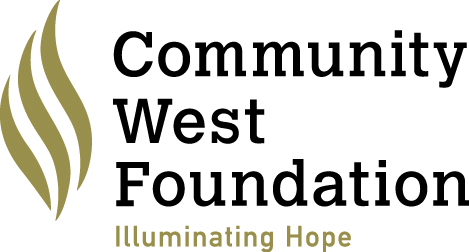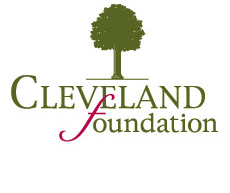
The Refugee Services Collaborative of Greater Cleveland (RSC) recently released the results of a 2020 study of Secondary Migration. A “secondary migrant” is a refugee who was resettled in one state after arriving in the United States and chose to leave that state to move elsewhere. Ohio is among the top three states in the nation where secondary migrants choose to move, often because they have connections to other refugees (family or friends) and because it’s more affordable to live here than in their previous home city.
Click here to read the full study.
Study Summary
Over 5,300 refugees have been resettled in Cleveland since FY 2011 but this number fails to account for the occurrence of secondary migration from other states. Estimates from census data indicate that of the refugees who have arrived in the US between 2013-2018 and currently live in the Cleveland-Elyria metropolitan area, 16% aresecondary migrants.
The RSC conducted a study to assess the motivations, challenges, needs, and service gaps particular to secondary migrants in Cleveland through the perspective of refugee service providers as well as secondary migrants themselves.
The secondary migrants most often reported that their strongest motivation to move to Cleveland was to join a prior connection living in the area. They shared the good experiences their connections had in Cleveland that made them feel confident in making the move themselves. In almost all cases, they told the RSC that they had invited others to come to Cleveland since their own move.Secondary migrants face a similar set of challenges as refugees new to the US, but these challenges are uniquely exacerbated by their lack of formal connection to a resettlement office and the intensive case management provided in the first months of original resettlement. Language barriers, lack of financial literacy, family and domestic concerns, education, transportation and housing were all identified as common challenges for new secondary migrants.
This study has revealed several key areas of opportunity for the RSC in this endeavor:
- Improve connections between the RSC and client community groups
- Increase knowledge-sharing between organizations
- Train providers on secondary migration
- Seek supplemental funding for secondary migrant-specific needs
- Connect with advocacy-focused agencies and networks at the local and state level
- Investment in further research on the impacts of secondary migration in Cleveland
As primary resettlement numbers increase we expect to see secondary migration increase in parallel, so organizations that work with this population will need to work strategically to leverage existing resources and strengths as well as plan to increase support for secondary migrants at the same time as they are building support for more primary arrivals.
Thank you to The Cleveland Foundation and Community West Foundation for their generous support of this study.




